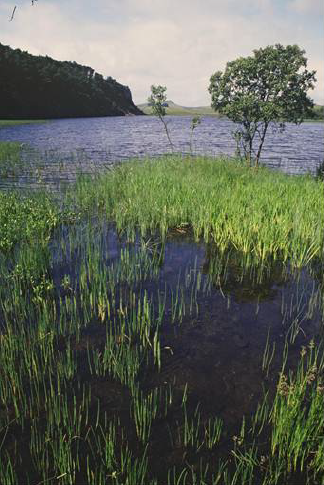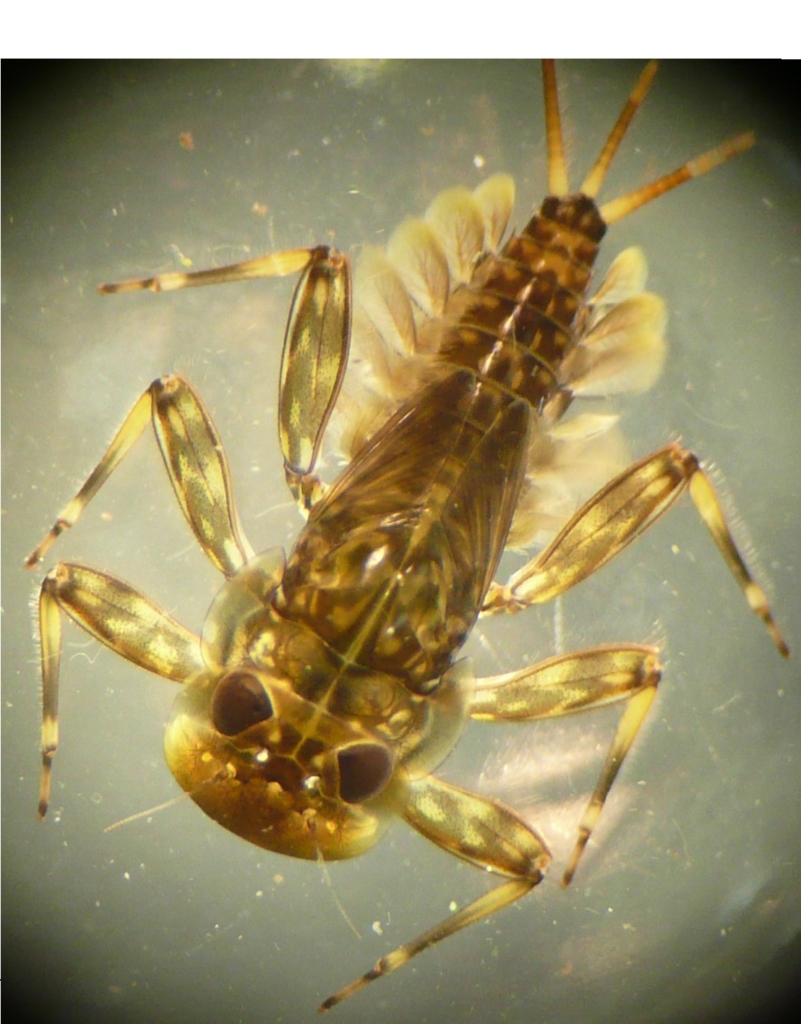
Mesotrophic lakes are the most botanically diverse, supporting the rosette forming species common in oligotrophic waters as well as a range of taller growing species such as pondweeds, and sometimes rare plants like slender naiad and least water-lily. Similarly, fish assemblages are a mixture including both salmonids and cyprinids and within the Lake District potentially including the rare species shelly, vendace and Arctic charr.

Mayflies and caddisflies associated with aquatic vegetation are abundant, as are freshwater shrimps, molluscs and chironomids. Moderate nutrient concentrations, clear water, suitable oxygen levels, and a mix of substrates and emergent vegetation provide habitat for this diverse range of fauna. The main threats to this habitat are eutrophication (from both point and diffuse sources), altered hydrological regimes, and invasive species.